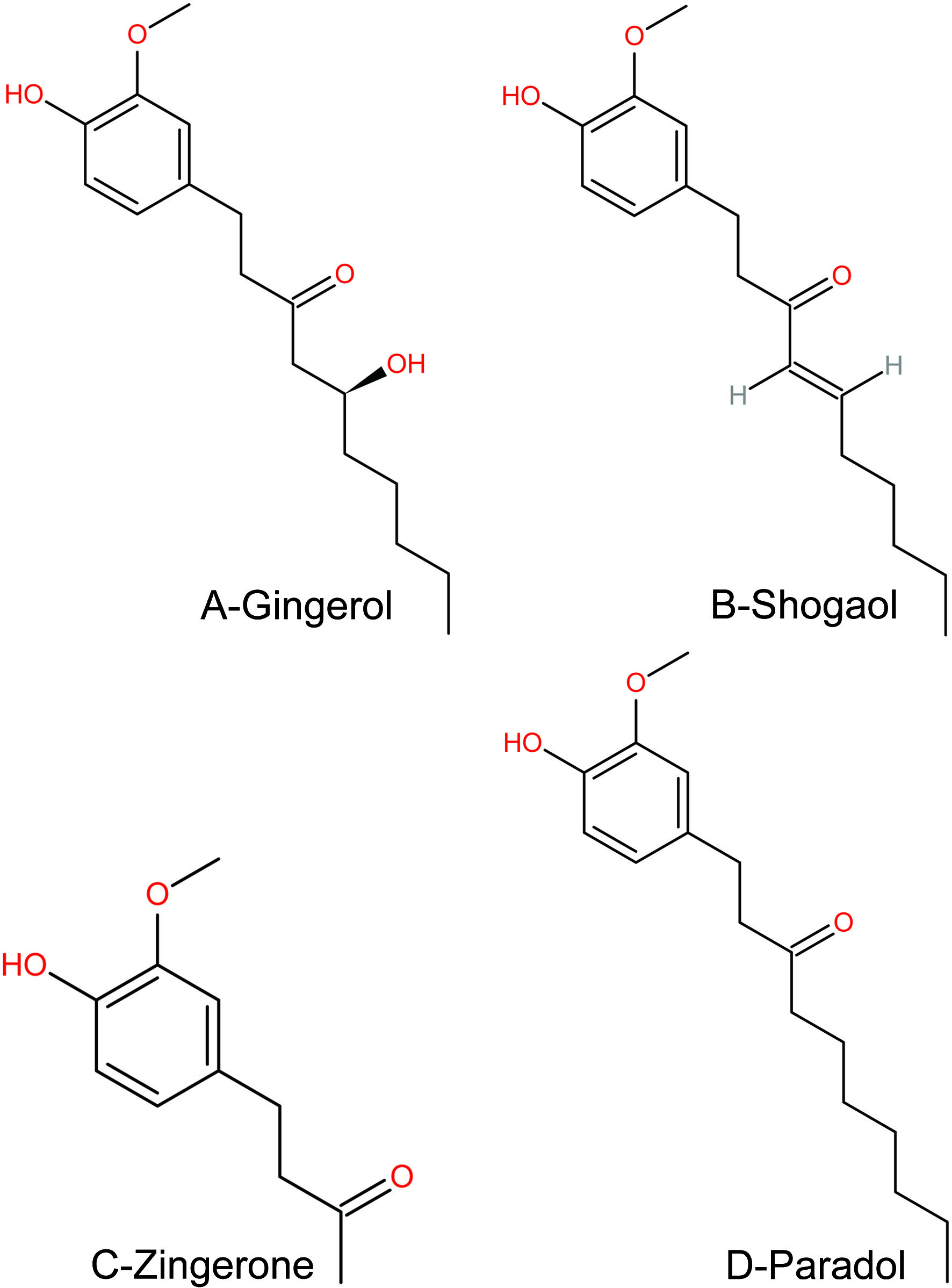
Figure 1. Chemical structure of important phytocompounds.
| Journal of Food Bioactives, ISSN 2637-8752 print, 2637-8779 online |
| Journal website www.isnff-jfb.com |
Review
Volume 18, June 2022, pages 67-76
Ginger–a potential source of therapeutic and pharmaceutical compounds
Figure

Tables
| Phytocompound | Chemical Formula & Molecular weight | Associated Disease and Disorder | Targeted Molecules | Reference |
|---|---|---|---|---|
| Gingerol | C17H26O4 (294.4) | Breast Neoplasms | [6]-gingerol inhibits cell adhesion, invasion, motility and activities of MMP-2 and MMP-9 in MDA-MB-231 human breast cancer cell lines. | (Lee et al., 2008) |
| Carcinoma, Squamous Cell, Hyperplasia, Keratosis | [6]-gingerol restores the DMBA-induced depletion of Nrf2 signaling and thereby prevents buccal pouch carcinogenesis in hamsters. | (Sun, et al., 2021) | ||
| Diabetes Complications, Prostatic Diseases | Through suppressing oxidative stress and tissue fibrosis | (Eid, et al., 2017) | ||
| Glucose Intolerance | Aza-[6]-gingerol enhances energy metabolism and reduces the extent of lipogenesis by downregulating SREBP-1c and its related molecules, which leads to the suppression of body fat accumulation | (Okamoto, et al., 2011) | ||
| Hyperglycemia | [6]-Gingerol appeared to inhibit/intervene sodium arsenite induced cyto-degeneration of pancreatic β-cells and hepatocytes, Modulate TNFα and IL6 | (Chakraborty, et al., 2012) | ||
| Neoplasm Metastasis | Reduction in MMP2, Slug, and Vimentin protein levels, inhibit renal cell carcinoma cell migration and metastasis, increased yes-associated protein (YAP)ser127 phosphorylation and reduced YAP levels in cell nuclei. | (Xu, et al., 2021) | ||
| Shogaol | C17H24O3 (276.4) | Neoplasm Invasiveness | Shogaol analog 3-phenyl-3-shogaol were mediated through suppression of the nuclear factor-kappaB (NF-κB) signaling pathway | (Gan, et al., 2013) |
| Neurodegenerative Diseases | [6]-shogaol protects neurons by modulating choline acetyltransferase and choline transporter expression through a brain-derived neurotrophic factor | (Shim and Kwon, 2012) | ||
| Zingerone | C11H14O3 (194.23) | Aberrant Crypt Foci | Modulate NF-kB-p65, COX-2, iNOS, and PCNA, Ki-67 , Nrf-2, activity of the cytochrome P450 2E1 and carcinoembreyonic antigen | (Ganaie, et al., 2019) |
| Chemical and Drug Induced Liver Injury, Necrosis | Inhibiting the toll-like receptor-mediated inflammatory pathway, | (Lee, et al., 2018) | ||
| Diabetes Complications, Fibrosis, Prostatic Diseases | Suppressing the elevated prostate transforming growth factor beta 1 (TGFβ1) and collagen IV. | (Eid, et al., 2017) | ||
| Paradol | C17H26O3 (278.4) | Pancreatic cancer | [6]-Paradol modulates the expression of epidermal growth factor receptor (EGFR) and inactivity of Phosphatidylinositol-3-kinase (PI3K/AKT) signaling via ubiquitination-mediated proteasomal degradation of EGFR | (Jiang et al., 2021) |
| Zerumbone | C15H22O (218.33) | Dyslipidemias, | Decreased plasma levels of TC, TG and LDL-C, improve dyslipidemia by modulating the gene expression involved in the lipolytic and lipogenic pathways of lipids metabolism. | (Tzeng, et al., 2014) |
| Liver Neoplasms | Reduces oxidative stress, inhibits proliferation, induces mitochondria-regulated apoptosis | (Taha et al., 2010) | ||
| Neoplasm Invasiveness | Down-regulates IL-1β expression through the inhibition of NF-κB activity, and then suppresses cell invasiveness of triple negative breast cancer cells | (Jeon, et al., 2016) | ||
| Pulmonary Edema | Inhibition of Akt-NFκB activation, Modulate proinflammatory cytokines such as TNFα and IL-6 caused by lipopolysaccharide | Ho, et al., 2017 |
| Study No. | Virus | Mechanism of interaction | Reference |
|---|---|---|---|
| 1 | Chikungunya virus | inhibition of CPE and an increase in cell viability | Kaushik et al., 2020 |
| 2 | Dengue | Improved plasma leakage reduces complications by slowing the expression of MMP-2 and MMP-9 while modulating the expression of TIMP-1 and TIMP-2. | Sharma et al., 2015 |
| 3 | Coronavirus | Interact with Spike protein of coronavirus and human ACE2 receptor | Haridas, et al., 2021 |
| 4 | Human respiratory syncytial virus | Fresh ginger is effective against HRSV-induced plaque formation on airway epithelium by blocking viral attachment and could stimulate mucosal cells to secrete IFN-β and counteract viral infection. | San Chang et al., 2013 |
| 5 | Viral Hepatitis | HCV infection in humans, vector-based assay techniques | El-Adawi, et al., 2011 |
| 6 | Cancer | Reduced the elevated expression of NFκB and TNF-α. | Habib, et al., 2008 |
| 7 | Influenza | Suppressed Influenza A Virus replication in the lungs of H5N1 virus-infection, Restricts Influenza A Virus replication by inhibiting JAK2 activity | Wang, et al., 2020a |